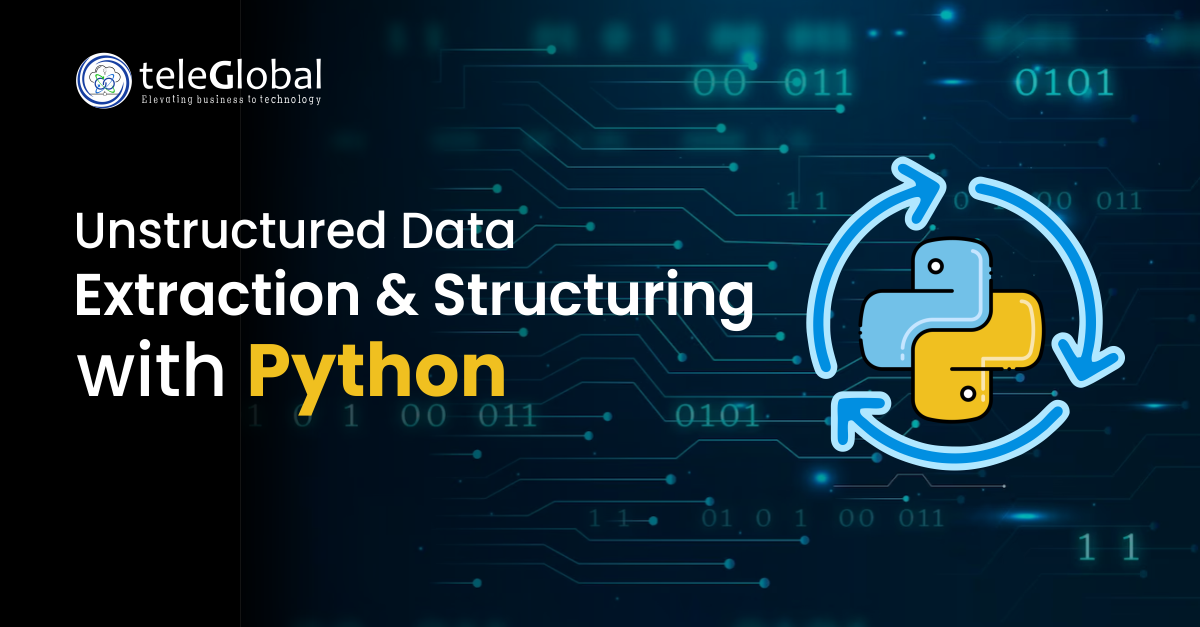
Organizations collect massive amounts of data daily. A large share is unstructured data from documents, websites, and reports. Handling it is complex. Without structure, this data has limited use for decision making.
This case study explains how Python helps in data extraction and data structuring. It covers real challenges, working solutions, and practical outcomes.
Unstructured files come in many forms. Websites often use different layouts. PDFs appear in multiple languages. Scanned documents may have unclear text.
Key challenges included:
These problems made it hard to extract clean, structured datasets.
To overcome obstacles, the team built a data extraction pipeline with Python. It included scraping methods, translation support, cleaning functions, and structuring techniques.
Python scripts gathered information from public sources.
This approach showed how strong data extraction techniques simplify difficult scraping tasks.
Many files appeared in Marathi. For consistency, Python’s OCR-based translator converted them into English.
This step was vital. Without translation, the data had no common data structure for analysis.
The raw content was unorganized. Names, addresses, and details often appeared in irregular ways.
Python libraries solved this:
The process created a clean, usable data structure that supported deeper analysis.
Data extraction is the process of pulling information from unstructured or semi-structured sources. It prepares data for analysis, storage, or reporting.
Common data extraction tools include Python libraries, APIs, and OCR engines.
Data extraction techniques vary by source type. Examples include web scraping, text recognition, and API integration.
Different approaches are used based on the input source:
This project combined web scraping, OCR, and regex for best results.
Consider government documents listing property details in Marathi.
The data extraction pipeline turned scattered information into a reliable dataset.
The Python pipeline achieved measurable results:
The process saved time, reduced errors, and delivered better insight for decision making.
The system worked well but can grow stronger with upgrades:
Such steps can improve flexibility and long-term accuracy.
This case study shows how Python transforms unstructured files into structured datasets.
Using data extraction techniques, data extraction tools, and a planned data extraction pipeline, the project solved real issues.
From scraping and OCR to cleaning and structuring, each step added value. With Python, unstructured sources turned into usable, structured data that powered smarter insights.
 close
close

Hi there! At TeleGlobal, we turn your cloud vision into AI-accelerated reality. What challenge can we help you solve?
Powered by ![]() teleBot
teleBot